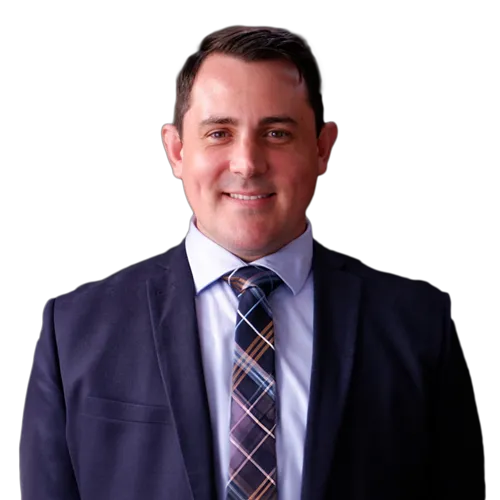Paediatric Adenotonsillectomy
Tonsil Removal for Children
Paediatric Adenotonsillectomy Overview
Paediatric adenotonsillectomy is a procedure performed by Dr Griffin, an ENT, Head and Neck Surgeon. This page provides general information about why the procedure may be recommended, an outline of the operation, and what to expect during recovery.
General Indications for Paediatric Adenotonsillectomy
Paediatric adenotonsillectomy may be considered for children who have conditions affecting the tonsils and adenoids, including:
- Recurrent tonsillitis: Frequent episodes of tonsillar infection that impact wellbeing or require repeated medical review.
- Obstructive sleep apnoea(OSA): Breathing disturbance during sleep associated with enlarged tonsils or adenoids.
- Chronic nasal obstruction: Difficulty breathing through the nose due to enlarged adenoids.
A decision to proceed with surgery is based on clinical assessment, medical history, and discussion with a qualified practitioner.
Paediatric Adenotonsillectomy Operation
During the procedure:
- Anaesthesia: Your child is placed under general anaesthesia.
- Tonsillectomy: The tonsils are removed using instruments designed for this purpose.
- Adenoidectomy: The adenoids are removed through the mouth to address nasal obstruction.
- Haemostasis: Any bleeding is managed to reduce the risk of post-operative bleeding.
- Completion: No external incisions are required. Your child is monitored in recovery and may stay in hospital for observation.
Procedural steps vary between individuals based on clinical findings.
Recovery After Paediatric Adenotonsillectomy
Post-operative recovery may include:
- Pain management: Throat discomfort is common. A pain-management plan will be provided.
- Dietary guidance: Soft foods and cool liquids are generally recommended in the early period.
- Activity restrictions: Rest is advised. Strenuous activity should be avoided for a period specified by the treating practitioner.
- Follow-up care: Review appointments are arranged to assess healing. It is important to report concerning symptoms such as bleeding, dehydration, or persistent pain.
Recovery time varies between children.
Surgical Risks
Tap to expand
Please note that all surgical procedures carry risks, including the possibility of complications during and after surgery.
While high standards of medical care and safety are always our priority, individual results and recovery times may vary. Each patient’s experience is unique based on their medical history, condition, and other factors. We strongly encourage you to discuss any concerns and the specific risks related to your procedure with Dr Griffin during your consultation. This discussion will provide you with detailed information tailored to your personal health profile and help you make an informed decision.
The information provided here is for educational purposes only and should not be considered medical advice. Consult with a qualified healthcare professional for personalised diagnosis and treatment.
Post-op Instructions
Schedule your consultation today
A consultation is required to determine whether paediatric adenotonsillectomy is appropriate. This includes a clinical assessment and discussion of treatment options.
